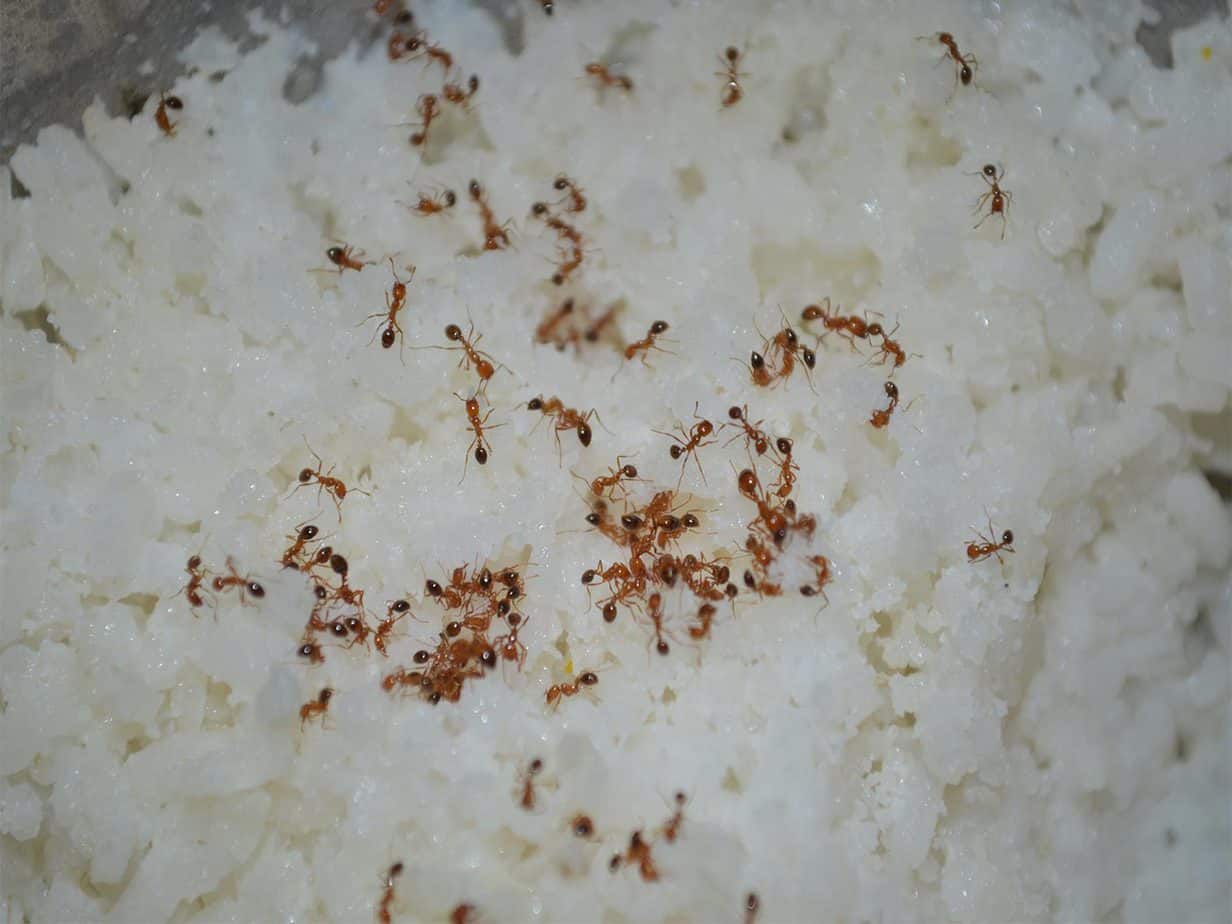
To determine how the human brain reacts to seeing insects and other pests, pest control leader Orkin partnered with the Georgia Institute of Technology (Georgia Tech) on a scientific research study. Georgia Tech researchers discovered that pests seen in a home elicited the neurological reaction of "strong disgust," an emotion associated with avoiding contamination and disease.
"We expected to find that the study participants were afraid of pests," said Orkin Entomologist Mark Beavers, Ph.D. "The reaction of disgust is actually very significant, as many of the common household pests shown in the study can contaminate food and spread disease. It's amazing how the human brain has adapted to the potential problems posed by many of these pests, and reinforces why we all should take precautions to keep such pests away from where we live, work and play."
Pest Control Service Customers are generally homeowners, primarily (22.8%) age 65 and older, who have annual household incomes of $150,000 and up (25.4%) and live in the suburbs (52.1%), according to AudienceSCAN. A little over 69% are married and 52.1% don't have any children living at home, but 54.4% are dog owners and 36.3% are cat owners.
Georgia Tech researchers used a functional Magnetic Resonance Imaging (fMRI) machine to monitor participants' brain activity and heart rate. Inside the fMRI machine, researchers showed participants a series of video clips depicting insects and animals in different environments. They were shown common household pests (including cockroaches, bed bugs, flies, spiders and rodents), as well as video clips of "frightening" animals (including sharks, lions and crocodiles).
Participants were also shown video clips of everyday occurrences (such as a waving flag), to serve as a control condition to compare neurological responses. Video clips were displayed in a random order, each clip lasting 15 seconds.
With nearly every participant, the pest videos triggered a reaction in the brain's insula, a region deep in the cerebral cortex associated with disgust. The amygdala, a portion of the brain associated with fear, was only triggered by videos of frightening animals.
This year, according to AudienceSCAN, 53.2% of Pest Control Service Customers want to make purchases that help them feel comfortable, 47.8% want to buy things that make them feel healthy and 39.4% would like to make purchases that relax them, according to AudienceSCAN. Pest control services can help with all of these goals.
"Insects in the home produced more disgust in the brain than insects in the wild, especially cockroaches." said Dr. Eric Schumacher, director of Georgia Tech's Center for Advanced Brain Imaging. "Our research suggest that we may be conditioned against pests in the home, because they may be associated with contamination or illness," he said.
Nearly 50% of Pest Control Service Customers get most of their local news from the TV, according to AudienceSCAN. The TV is also a good place for advertisements since, last year, 70.3% of this audience took action after seeing a TV commercial. They're also 36% more likely than other adults to take action after seeing an ad in a directory search, both online and in print. Direct mail is another effective medium; 69% of this audience took action after receiving an ad or coupon in the mail last year.
AudienceSCAN data is available for your applications and dashboards through the SalesFuel API. Media companies and agencies can access AudienceSCAN data through the AudienceSCAN Reports in AdMall.
